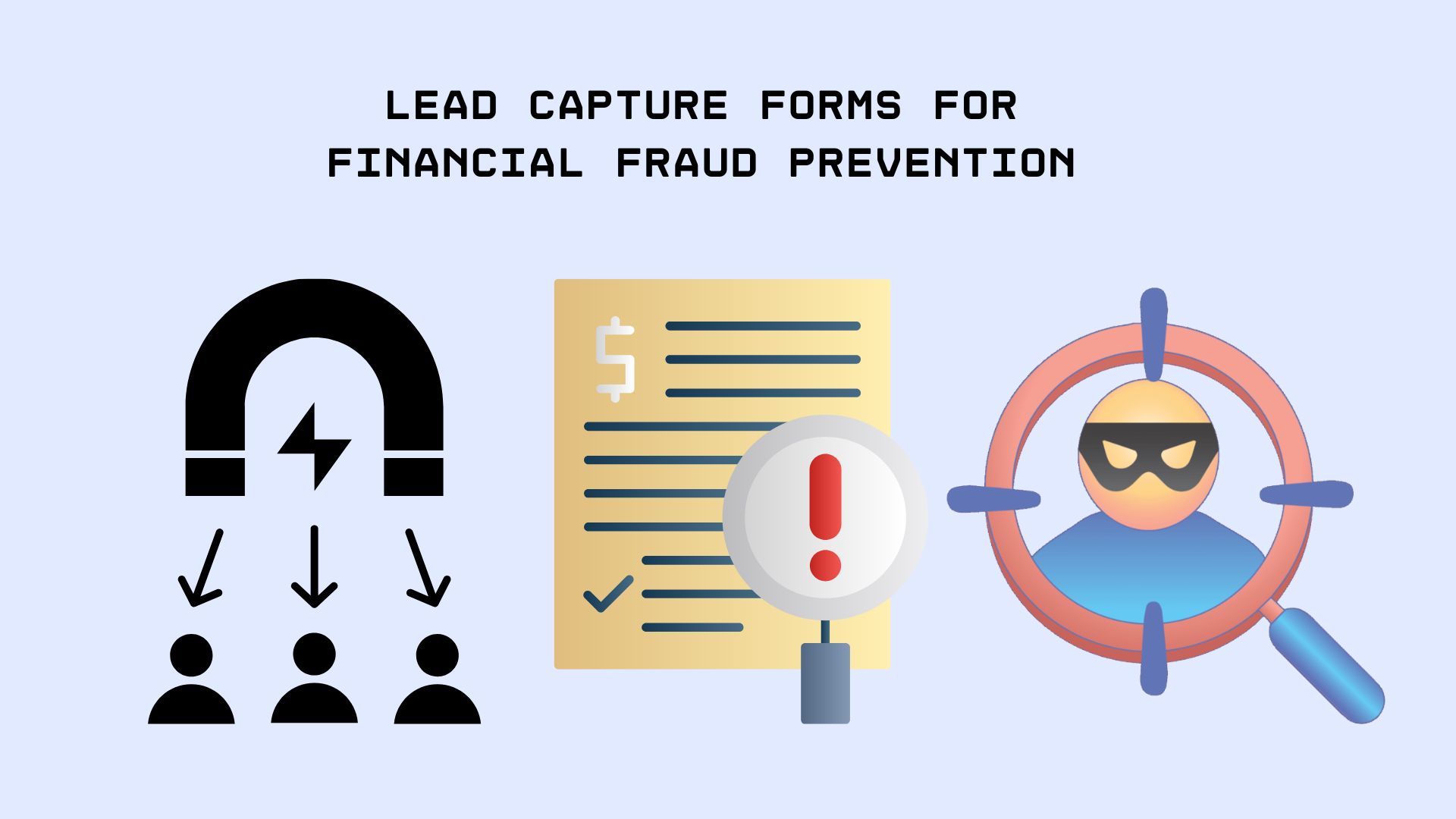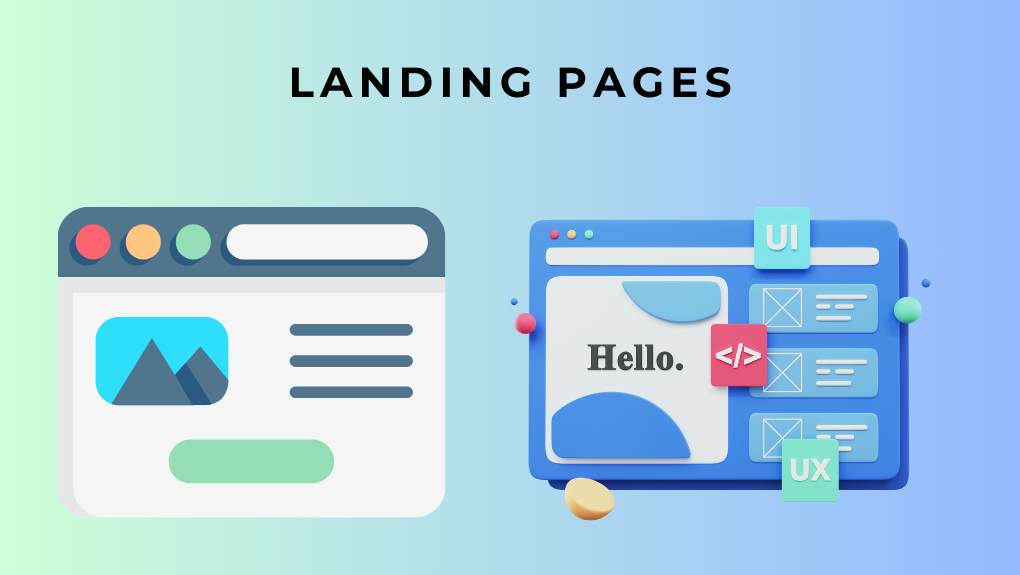Navigating Your Digital Marketing MVP: Prioritizing Features for Lead Generation Success
Launching a digital marketing initiative, whether it’s a new website, a lead magnet, or a specialized campaign, is equal parts exciting and brutal. You're working with limited time, money, and resources, while the pressure to deliver something groundbreaking mounts every day.
The harsh truth is that most startups and new campaigns fail not because of bad ideas, but because they mismanage execution. And nowhere is this more evident than in the way founders and marketers approach their Minimum Viable Product (MVP).
An MVP isn't about showcasing every cool feature your team can imagine, it's about focus. It's about testing whether your idea solves a real user problem before you run out of money or energy.
But prioritizing what features make it into an MVP, and what gets left on the cutting room floor, is one of the most difficult decisions early founders face.
Get it right, and you set the foundation for growth. Get it wrong, and you risk wasting months building something nobody wants.
This article explores how you can navigate MVP feature prioritization for digital marketing initiatives with clarity, discipline, and data-driven decision-making.
Start With the Problem, Not the Product

Founders often fall in love with the product they envision, piling in every feature they think users will love. But a successful MVP starts by identifying the problem, not the product.
For digital marketing, this means defining the specific pain point you are solving for your target audience.
Ask yourself: What pain point is strong enough to drive users to seek a solution or provide their contact information? If you can't articulate the single most pressing problem your product addresses, you're not ready to build.
Your digital marketing MVP should do one thing exceptionally well: eliminate that pain point for your target users. This doesn't mean building a perfect website with every conceivable SEO feature or a lead magnet with 20 chapters. It means building the minimum functionality necessary to deliver real value.
For example, if you're working on a content hub for lead generation, don't start by building a community forum, an integrated e-commerce store, and live chat support. Instead, focus on one core function that makes it easier for users to find the information they need to solve their problem—maybe a highly personalized resource library or an interactive tool that provides instant value.
The moment you shift the focus from "what can we build?" to "what problem must we solve?" you've already cut through 50% of the noise in feature prioritization.
Evidence Over Ego: Scoring Features Objectively
It's tempting to include features based on intuition or enthusiasm, but an MVP must be built on evidence. To decide what features belong, score each one based on four criteria:
- User Pain Relief: Does it directly solve the main problem for your target audience?
- Ease of Implementation: Can it be built quickly and cost-effectively?
- Validation Leverage: Will it generate meaningful feedback from users or provide data on lead quality?
- Impact on Retention/Conversion: Does it have the potential to influence key metrics like lead conversion rates, click-through rates, or bounce rates?
This framework prevents ego from hijacking the process. A flashy pop-up that is expensive to build but provides little validation value doesn't belong in your MVP. By scoring objectively, you focus your limited resources on the features that matter most for generating and nurturing leads.
Mapping User Journeys, Then Cutting Ruthlessly
Once you've identified candidate features, map the ideal user journey through your product or campaign. For a lead generation website, how does a visitor get from landing on your page to becoming a qualified lead?
Outline every interaction point. Then, cut it down. If a step doesn't directly help solve the problem or capture feedback, it shouldn't be in your MVP. The process is surgical: you're stripping your product to its essential bone structure.
For example, imagine a digital marketing agency building a new tool to generate leads for clients. The final vision might include loyalty points, real-time courier tracking, customer chat support, and recipe recommendations. But your MVP user journey only needs: search food → place order → confirm delivery.
Anything beyond that is feature bloat at this stage. By mapping and pruning, you create an MVP that users understand immediately and that you can launch quickly.
Feedback Loops Over Fancy Features

The point of an MVP isn't just to test whether a product works. It's to learn. That means feedback loops must be prioritized alongside core functionality. Incorporate mechanisms that capture insights from users, whether they are leads or existing customers:
- Simple surveys after an action is completed, such as a form submission.
- Analytics that track behavior flow and drop-off points in your conversion funnel.
- Tools like Hotjar for heatmaps or session replays to see how users interact with your content.
- A/B testing experiments for critical features like call-to-action buttons.
Feedback is your currency. Without it, you're flying blind. Prioritize features that allow you to measure, learn, and adapt quickly to optimize your lead generation efforts.
Keep Your Tech Stack Lean

Startups often over-engineer their MVPs, stacking unnecessary frameworks, tools, and infrastructure. Don't.
A lean MVP leverages no-code platforms, lightweight analytics, and affordable plug-ins to get results fast.
You don't need enterprise-grade systems to validate an idea—you need a fast, flexible, and cost-efficient way to put something in front of users.
A no-code landing page with a sign-up form might validate demand better than six months of coding. Once you've confirmed traction, then scale with stronger systems. And when you're ready to move beyond the prototype, that's the time to think about professional help.
Partnering with a trusted mvp development service ensures you're scaling smart, building efficiently, and laying a technical foundation for future growth.
Plan Next Steps After Learning, Not Before
Too many founders plan a massive product roadmap before even launching their MVP. That's a mistake. The only roadmap that matters at MVP stage is:
- Build the smallest version of your product that solves the problem.
- Measure user engagement, retention, and feedback.
- Iterate based on data—not assumptions.
- Repeat until you hit product-market fit.
Every iteration should be informed by real-world learning, not guesswork. That flexibility is what separates successful startups from those that fail.
Focus on the Metrics That Matter
Downloads and sign-ups look impressive on paper, but they're often vanity metrics. The metrics that matter for an MVP are tied to behavior and lead quality. Track:
- Activation Rate: Are users reaching the first moment of value?
- Retention: Do they come back after Day 1, Day 7, Day 30?
- Conversion: Are they moving from a free resource to a paid one, or from a trial to a subscription?
- Churn: Where are you losing them in your lead funnel?
These numbers will tell you whether you're solving a real problem or just attracting curiosity.
A Case in Point
Consider a small startup building a language-learning app. Their initial vision was ambitious: flashcards, pronunciation AI, social communities, and gamification. But they realized they needed to focus.
They stripped the MVP down to a single problem: users struggling to finish lessons.
Their MVP included only a micro-learning session feature and a progress tracker. With that narrowed scope, they launched in weeks instead of months. The result? Session completion rates jumped from 15% to 60%.
The feedback loop gave them clarity, and they built subsequent features based on user demand rather than assumptions.
Mistakes That Kill Digital Marketing MVPs
Even with the right framework, startups often fall into common traps:
- Feature Bloat: Trying to do too much, too soon, on your website or campaign.
- Ignoring Feedback Loops: Launching a lead magnet without ways to learn from users.
- Chasing Vanity Metrics: Focusing on numbers that don't validate real value or lead quality.
- Burning Runway: Spending months building infrastructure instead of validating your concept.
Avoid these pitfalls by keeping your digital marketing MVP lean, focused, and iterative.
Final Thoughts
MVP feature prioritization is one of the hardest tasks for a founder, but also one of the most important. Your goal is not to build the perfect digital marketing funnel on Day One.
Your goal is to validate that your idea solves a real problem for real users and generates qualified leads. Stay ruthless in cutting non-essential features. Build feedback loops into everything you release.
Track the metrics that actually matter for your business. And iterate based on data, not dreams. The startups that succeed aren't the ones that build the most features—they're the ones that learn the fastest.
By navigating MVP feature prioritization with discipline and clarity, you give your startup the best possible shot at long-term success.







